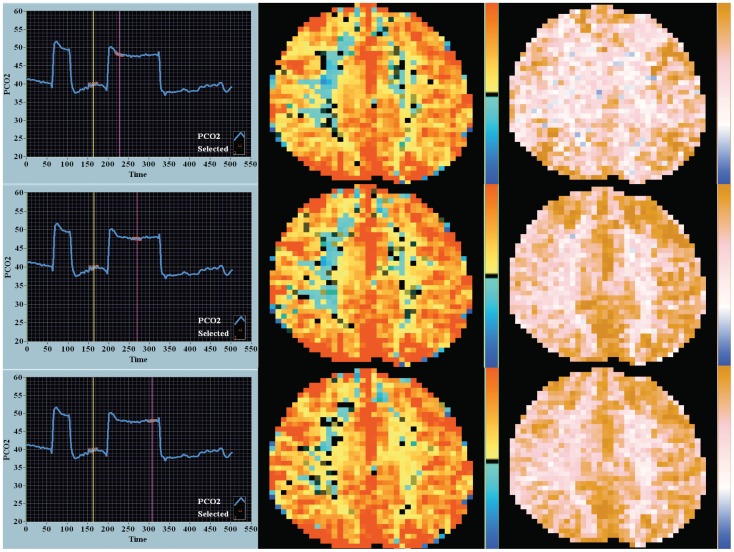Figure 1. Response to square wave CO2 stimulus – CVR and DFA maps.
These data are from a patient who underwent the square wave sequence and ramp sequence (Figure 2) in the same sitting. Not shown in this image is the end-tidal O2 tension which is stable over time at normal values (approximately 100 mmHg). The CO2 stimulus is shown in the first column – start, middle and end during the two-minute stimulus. The first 45-second square wave pulse was to aid in time sequencing of the BOLD signal and CO2 stimulus. Time is on the x-axis and end-tidal CO2 in mmHg on the y-axis. The yellow and magenta vertical markers highlight the center of the CO2 durations analyzed in the square wave sequence. The highlighted red lines are the points where the CO2 tension was correlated to the MR–BOLD signal for the CVR analysis. The second column shows the corresponding CVR maps. The color key to the right of the image is upper red +0.56 arbitrary BOLD units/mmHg in CO2 tension – deep blue −0.56. The third column shows the corresponding DFA maps. For the DFA maps the BOLD signal analysis was based on output as interpolated between the yellow and magenta markers. The color key to the right of the image is brown – 1.5 Hurst units, pink – 1.0 Hurst units, white – 0.5 Hurst units and deep blue – 0 Hurst units. ‘Blue’ DFA was defined as less than 0.5 Hurst units and indicates anti-persistent noise. The percentage of ‘blue’ DFA voxels noticeably decreased over time. The step change in end-tidal CO2 is 8 mmHg.

